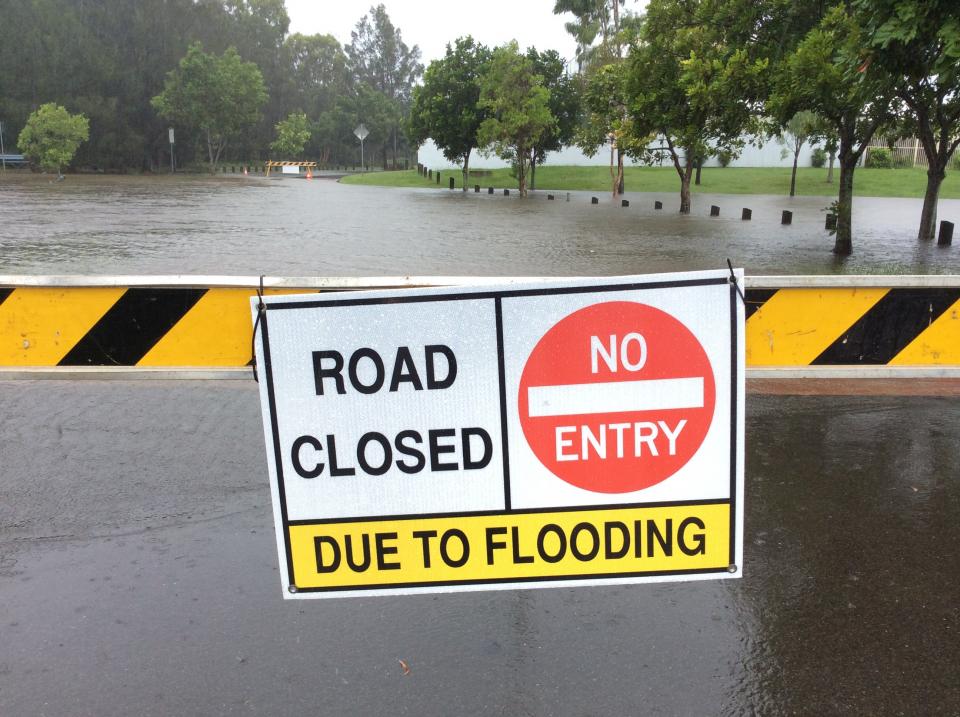
PUBLICATIONS
Published works

Duty or safety? Exploring emergency service personnel's perceptions of risk and decision-making when driving through floodwater
| Title | Duty or safety? Exploring emergency service personnel's perceptions of risk and decision-making when driving through floodwater |
| Publication Type | Journal Article |
| Year of Publication | 2020 |
| Authors | Ahmed, MArifa, Haynes, K, Tofa, M, Hope, G, Taylor, M |
| Journal | Progress in Disaster Science |
| Volume | 5 |
| Date Published | 01/2020 |
| Keywords | Decision making, Driving, emergency services, floodwater, Occupational safety, Risk perception |
| Abstract | Vehicle-related flood fatalities and rescues due to driving through floodwater are a significant emergency management issue for emergency services. To reduce fatalities, injuries, and costs associated with this risky driving behaviour it is essential to develop strategies to stop or reduce the incidence of people driving through floodwater. In Australia, people are told not to enter floodwater – on foot or in vehicles – with the phrase ‘If it's flooded, forget it’ widely used in official messaging. As first responders responsible for floods, storms and tsunamis, Australian State Emergency Service (SES) personnel are working in flood conditions regularly and are considered an occupationally ‘at-risk’ group for driving through floodwater. Although SES agencies across states and territories in Australia are independently led, they typically promote policies of not entering floodwater to their personnel. Such policies are important for meeting duty of care obligations to employees, for protection of assets (vehicles and equipment), and for upholding organisational reputation (leading by example). This study was undertaken to explore the behaviour of driving through floodwater by SES personnel. The study explored the characteristics of those who have and have not driven through floodwater, and then used detailed situations in which SES personnel entered floodwater in vehicles to analyse their perception of risks, the conditions and contexts in which they entered floodwater, and to identify what influenced their decision to enter. Following an earlier systematic literature review, a detailed online questionnaire was developed and administered to SES personnel from a single agency. Data from 670 respondents indicated that 54.8% had driven through floodwater in the previous two years, and a number of differences in the profile of those who had/had not driven through floodwater were identified. Those more likely to have driven through floodwater included males, volunteer personnel with longer lengths of service, those doing more driving hours per week, those deployed to work in flood conditions, and those with current flood rescue qualifications. The location type, water depth, and water velocity were conditions that contributed more to perception of risk at the time personnel drove through the floodwater. Detailed information about an experience of entering floodwater was obtained from 201 respondents who had driven through floodwater in SES vehicles, and six factors relating to the decision to drive through floodwater were extracted. ‘Organisational training and safety’, ‘External locus of control’ and ‘Absence of risk signals’ were identified as having the greatest influence on risk perception leading to decisions to drive through floodwater. The findings of the study have a number of practical implications for the improvement of occupational safety management; such as upgrading risk assessments strategies, reviewing workplace health and safety policies, enhancing training, increasing skills and knowledge of emergency services personnel about floodwater hazard situations, and improving internal flood risk communication. |
| URL | https://www.sciencedirect.com/science/article/pii/S2590061720300053?via%3Dihub |
| DOI | 10.1016/j.pdisas.2020.100068 |
| Refereed Designation | Refereed |
Published Works


